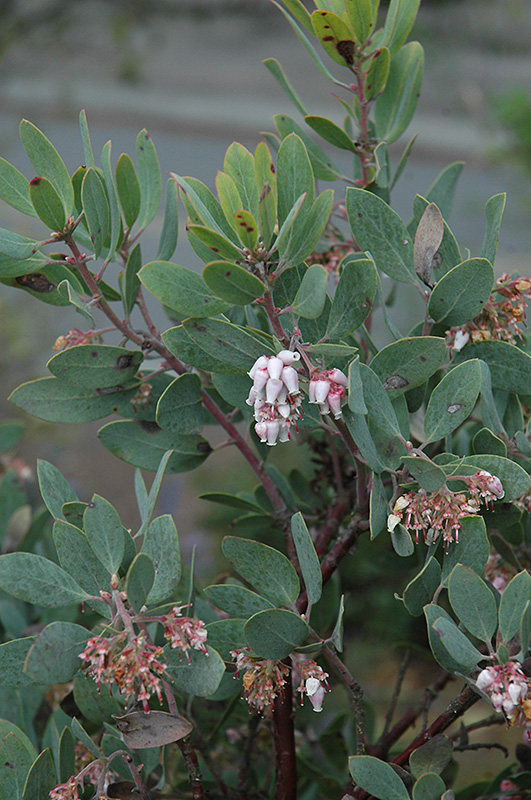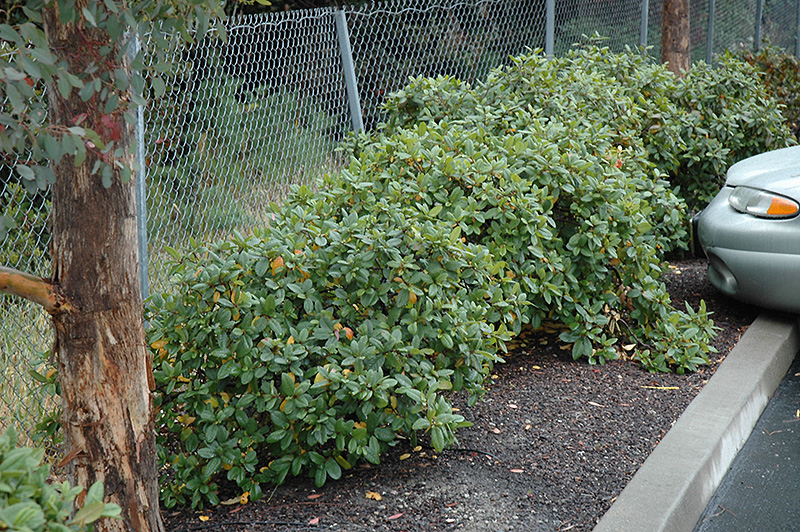Plant Finder
Eve Case Coffeeberry
Rhamnus californica 'Eve Case'
Height: 8 feet
Spread: 8 feet
Sunlight:
![]()
![]()
Hardiness Zone: 8a
Other Names: Frangula californica
Description:
A medium size shrub which takes pruning well, best used as a tall screen or hedge; flowers are inconspicuous, but red berries will ripen to black; tough and adaptable
Ornamental Features
Eve Case Coffeeberry is primarily valued in the landscape or garden for its interestingly mounded form. It has dark green evergreen foliage. The glossy oval leaves remain dark green throughout the winter.
Landscape Attributes
Eve Case Coffeeberry is a multi-stemmed evergreen shrub with a mounded form. Its average texture blends into the landscape, but can be balanced by one or two finer or coarser trees or shrubs for an effective composition.
This shrub will require occasional maintenance and upkeep, and can be pruned at anytime. It has no significant negative characteristics.
Eve Case Coffeeberry is recommended for the following landscape applications;
- Accent
- Hedges/Screening
Planting & Growing
Eve Case Coffeeberry will grow to be about 8 feet tall at maturity, with a spread of 8 feet. It tends to be a little leggy, with a typical clearance of 1 foot from the ground, and is suitable for planting under power lines. It grows at a medium rate, and under ideal conditions can be expected to live for approximately 30 years.
This shrub does best in full sun to partial shade. It is very adaptable to both dry and moist locations, and should do just fine under average home landscape conditions. It is not particular as to soil type or pH. It is highly tolerant of urban pollution and will even thrive in inner city environments. This is a selection of a native North American species, and parts of it are known to be toxic to humans and animals, so care should be exercised in planting it around children and pets.






